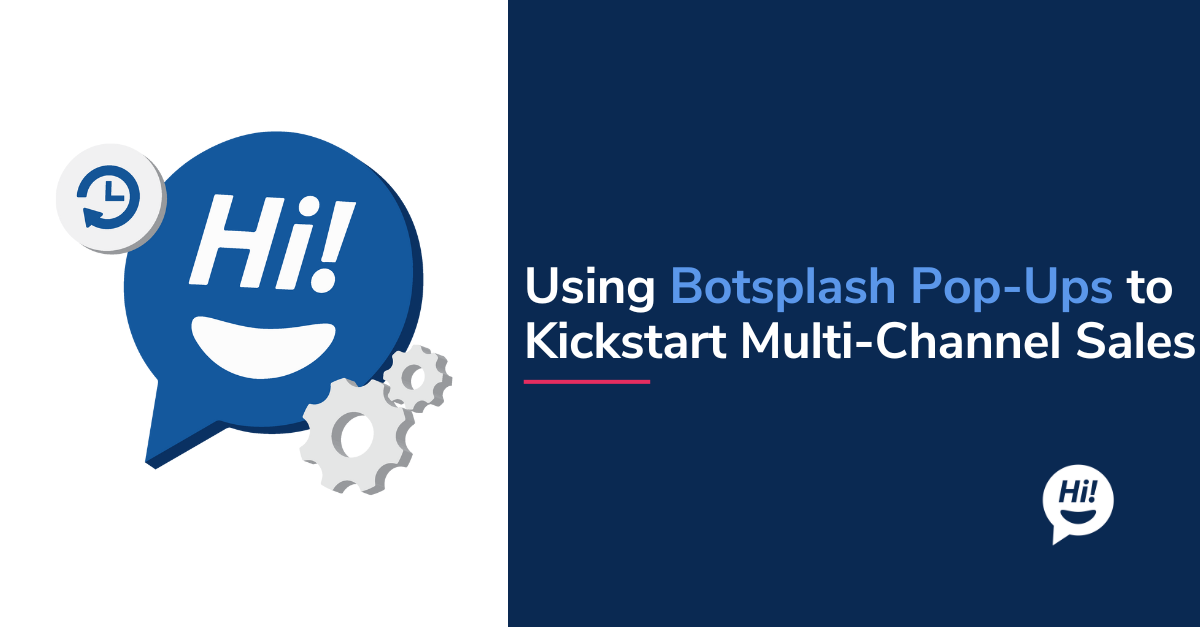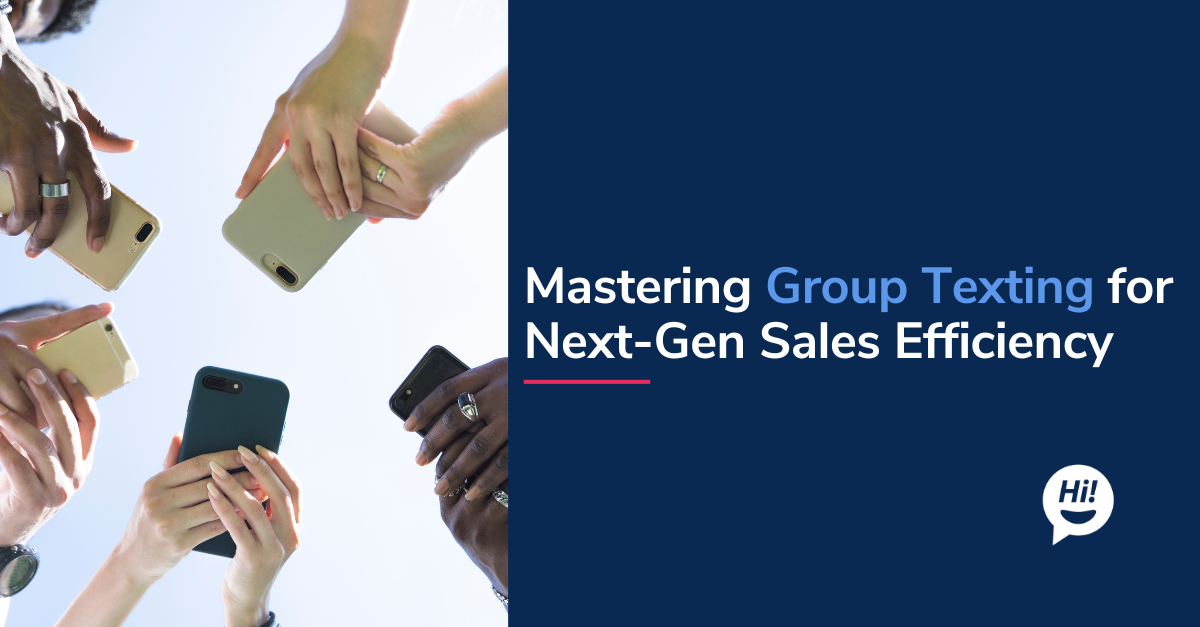The rapid evolution of technology is truly fascinating. Not long ago, Google Assistant was a trendy chatbot introduced to assist with tasks and provide access to vast amounts of information. However, it lacked something crucial: it would simply respond with links and search results whenever we asked a question.
But then, Open AI launched ChatGPT, powered by GPT-3.5, leaving everyone stunned by its remarkable capabilities. This chatbot was so intelligent and human-like that it could provide human-like responses to questions rather than just providing links.
ChatGPT quickly became the talk of the town and garnered over a million users in just five days! However, just as ChatGPT gained momentum, a new challenger was on the horizon. Fast forward four months and Open AI has unveiled its latest and most advanced language model yet, GPT-4!
With such a buzz surrounding this new AI marvel, the question on everyone's mind is, how does GPT-4 compare to its remarkable predecessor? Let's delve deeper and discover what GPT-4 has in store for us.
Before diving into the main issue, let's briefly know what GPT is and how it works.
What is GPT?
Generative Pre-Trained Transformer, or GPT, is a language model developed by Open AI. This model is trained on vast amounts of data to generate text that's so human-like it's hard to tell it's computer generated. You know that in each field, a family dominates the space; for the language model, it's the GPT family.
GPT-3 and GPT- 4 are the versions of the GPT model, with GPT-4 being the latest one. It was released on March 14, 2023, and has been made publicly available in a limited form via ChatGPT Plus, with access to its commercial API being provided via a waitlist.
How does GPT Work?
The GPT model is a self-supervised learning system and language prediction model that predicts the text based on the data provided. Since it is a self-learning model, the more data you feed the model, the smarter it becomes. It's similar to how we learn in school and later use the knowledge we gain on specific tasks.
Similar to a school, GPT has a deep learning architecture called a transformer. The model is pre-trained on massive amounts of text data from sources such as books, articles, and websites through unsupervised learning. This helps it develop a deeper understanding of language and its patterns.
After being pre-trained, GPT is fine-tuned by providing labeled examples for specific natural language processing tasks, such as text classification, language translation, or text summarization. Just as completing assignments helps a student learn and improve on a particular topic, fine-tuning helps GPT understand and improve at specific tasks or datasets.
Finally, when students take a test, they use their knowledge to answer questions and make inferences based on known information. Educational test-taking is similar to the inference phase of GPT, where the model generates new text based on a given prompt or topic. This is done using autoregression, where the model predicts the most likely next word.
Bringing it all together, GPT is fed data, learns the language patterns, and uses prediction to know which word would come after and give answers based on that.

GPT-3 vs. GPT-4: What Has Changed?
Undoubtedly, the GPT model is by far the most advanced language model today. Just when we thought GPT-3 was the pinnacle of language processing, GPT-4 has taken things to a new level.
The latest iteration of OpenAI's GPT model represents a significant leap forward in terms of both power and capability. Here's how GPT-4 outperforms its predecessor, GPT-3:
More Than Just Text
GPT-4 is not just a text-based language model anymore. It can now process images and answer logical questions related to them. It can even recognize the humor in unusual images, summarize the text in screenshots, and provide accurate answers to exam questions that contain diagrams. Thus, GPT-4's multi-modal capabilities have unlocked a new language processing dimension.
Increased Database Size
As said before, GPT models are designed so that the more data you feed, the smarter it becomes. Regarding the database size, GPT-4 outshines its predecessor GPT-3 with its 100 trillion parameters compared to GPT -3's 175 billion parameters. This means GPT-4 is much smarter, faster, and more accurate than GPT-3.
More Words
GPT-4 has greatly increased its text processing capacity. You can now input up to 25,000 words at once - a vast improvement over ChatGPT's limit of 4,000 words. With this expanded capacity, you can even ask GPT-4 to summarize an entire novel!
Easy Coding
GPT-4's abilities now extend beyond just text and images. You can now draft a website on napkin paper and ask the model to build the website out of it. GPT-4 has improved so much that it can now understand handwritten scribbles and turn them into code.
Accuracy Amplified
One of the significant setbacks of GPT-3 was its occasional inaccuracy. GPT-3 is susceptible to hallucination and confabulation, leading to incorrect or nonsensical answers. But since GPT-4 is trained on a much more extensive database, there is a notable improvement in GPT-4's accuracy. Open AI claims that GPT-4 is 42% more accurate than GPT-3.
Smarter Than GPT-3
GPT-4's impressive performance in several exams sets it apart from other language models available today. It scored 1410 on the SAT (94th percentile), 163 on the LSAT (88th percentile), and 298 on the Uniform Bar Exam (90th percentile). By comparison, OpenAI claims that GPT -3.5 achieved scores in the 82nd, 40th, and 10th percentiles, respectively.
Safer Than GPT-3
In addition to its enhanced accuracy, GPT-4 is also safer to use. It is 82% less likely to produce disallowed content and 40% more likely to generate factual responses than GPT-3.

GPT-3 vs. GPT-4: What Hasn't Changed?
Despite the significant advancements made in GPT-4, some limitations remain unchanged from its predecessor, ChatGPT. These limitations include the following:
Limited Data
While GPT-4 boasts an impressive increase in the number of words it can accept, it still lacks knowledge of events that occurred after most of its data cutoff, which was in September 2021. It may not have access to the latest developments in various fields and industries.
Hallucinations And Confabulation
Both GPT-3 and GPT-4 are susceptible to hallucinations and confabulation, which may generate nonsensical or inaccurate responses to specific prompts. GPT-4, despite its advancements, can still be confidently wrong in its predictions and give out false information.
Bias and Stereotypes
Our beliefs and perceptions are largely shaped by the information we receive from our families, communities, and the media, which can often perpetuate biases and stereotypes. GPT-3 and GPT-4 is no different. These models can perpetuate biases and harmful stereotypes in the data they are trained on. While GPT-4 is slightly better than GPT-3, it still can perpetuate bias, which can be a major limitation.
Human Supervision
GPT-4 has been fine-tuned with reinforcement learning from human and AI feedback for human alignment and policy compliance. So, it still requires human knowledge and can only partially be automated. It has the risk of hallucinations and bias. So, it needs time-to-time supervision from humans.
GPT-3 vs. GPT-4: Which Is The Best?
GPT-3 and GPT-4 are both powerful language models. You cannot decide which is better as they have distinct differences in their applications.
GPT-3 is faster at solving basic problems due to its smaller parameter set and fewer records, making it a more sensible choice for simple tasks. However, GPT-4's advantage lies in its ability to provide greater accuracy for more complex challenges requiring higher parameter sets and larger datasets.
As a result, there is no definitive answer to which model is better, as it depends on the specific use case. Both models have a place in machine learning, and choosing the right one ultimately depends on your preference and the task's requirements.
Conclusion
The release of GPT-4 marks a significant milestone in AI language models, boasting exceptional multi-modal capabilities, enhanced accuracy, and the ability to comprehend handwritten inputs. However, like any emerging technology, GPT-4 has challenges, such as the risk of bias, hallucination, and human supervision.
Nonetheless, it sets a new standard for language processing and lays the groundwork for even more remarkable advancements in the future. Who knows what groundbreaking advancements in language processing GPT-5 and beyond will bring? All we can do is wait and see, but one thing is for sure: the future of AI is looking brighter than ever.
To learn more about Botsplash click the button below to schedule a demo with our team.






